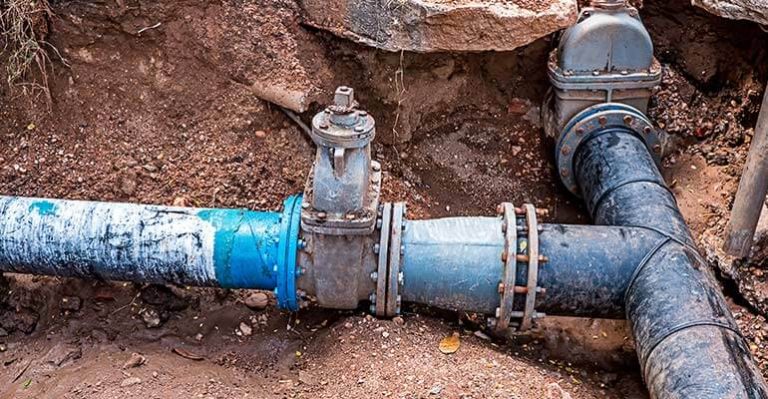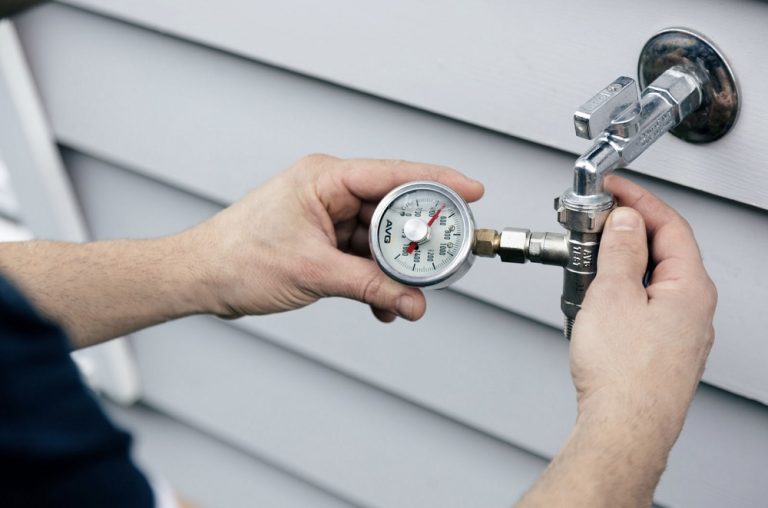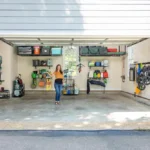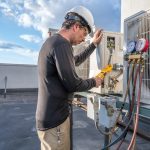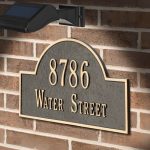In the world of plumbing, two concepts dominate the conversation: installation and leaks. While these two ideas are inherently linked, understanding their distinctions, implications, and how they interact can provide valuable insights into both the science and the art of plumbing. Installation, in the context of plumbing, refers to the precise and expert setup of pipes, fixtures, and appliances. Leak, on the other hand, represents a failure in the system that can result in water damage, increased utility bills, and a host of other problems. The question, then, is which of these is more critical to the long-term success of a plumbing system: proper installation or effective leak prevention and management?
The Crucial Role of Installation
When it comes to plumbing, the importance of installation cannot be overstated. A well-executed installation forms the foundation for an efficient and durable plumbing system. Whether it involves the careful placement of pipes, the connection of fixtures, or the integration of water appliances, every step must be carried out with precision and adherence to code.
Proper installation begins with high-quality materials. Copper, PEX (cross-linked polyethylene), and PVC (polyvinyl chloride) are some of the most commonly used materials in plumbing. Each material has its unique strengths, and choosing the right one for the specific application is vital. For example, copper pipes are known for their longevity and resistance to corrosion, while PEX is flexible, resistant to freezing, and relatively easy to install in a variety of environments.
Moreover, installation isn’t just about the materials used—it’s also about technique. Correct pipe sizing is essential to ensure optimal water flow, while the slope of drainage pipes must be calculated accurately to avoid issues like clogs or improper waste removal. During the installation, ensuring that all connections are tight, leak-free, and secure can save homeowners from costly repairs in the future.
An often-overlooked component of installation is the consideration of the system’s pressure balance. Water pressure that’s too high can cause excessive wear and tear on pipes, while water pressure that’s too low can lead to inefficient water delivery. A good plumber will account for these variables, adjusting the system as necessary during the installation process to ensure long-term functionality.
The Menace of Leaks
Despite the best installation efforts, leaks are an unfortunate reality in the world of plumbing. A leak occurs when water escapes from the intended path, often due to a failure in the system, whether from poor installation, corrosion, or external damage. Leaks can be anything from a minor nuisance, like a dripping faucet, to a full-blown emergency, like a burst pipe.
The risks associated with leaks are considerable. A small leak, if left unchecked, can lead to mold growth, wood rot, and structural damage to a home. Additionally, water leakage often translates to wasted water, which not only harms the environment but also drives up utility costs. On a larger scale, leaks can weaken the foundation of a building or cause significant flooding, resulting in expensive repairs and insurance claims.
One of the most common causes of leaks is subpar installation. A poorly connected joint, a cracked pipe, or improper sealing of fixtures can create weak points in the plumbing system, where water can eventually find its way out. Even with the best materials and equipment, a lack of attention to detail during installation can result in disastrous outcomes. This is why choosing an experienced and knowledgeable plumber is crucial to ensure the durability of the plumbing system and minimize the risk of leaks.
Beyond the initial installation, leaks can also occur due to the gradual wear and tear of plumbing materials. Corrosion, temperature fluctuations, and physical damage from external forces—such as tree roots or construction work—can all contribute to the development of leaks. Furthermore, older plumbing systems, particularly those made from outdated materials like galvanized steel or cast iron, are more susceptible to leaks as they deteriorate over time.
Installation vs. Leak: The Balance of Priorities
At first glance, installation and leaks might appear to be two sides of the same coin: proper installation should prevent leaks, and leaks should highlight flaws in the installation. However, they represent different aspects of a plumbing system, each deserving attention in its own right. The challenge lies in striking the right balance between these two priorities, ensuring that installations are carried out flawlessly while also maintaining a proactive approach to leak prevention and detection.
While a well-executed installation can certainly reduce the likelihood of leaks, it cannot guarantee a completely leak-free future. Even with the best materials and techniques, plumbing systems are subject to natural wear, environmental factors, and unforeseen events. For this reason, leak detection systems, such as smart water meters and leak sensors, are becoming increasingly popular in residential and commercial plumbing. These devices can alert homeowners to the presence of a leak before it becomes a full-blown crisis, giving them the opportunity to mitigate damage and prevent further issues.
For plumbers and homeowners alike, the key to minimizing leaks lies in a multifaceted approach. Ensuring a high-quality installation with premium materials and expert craftsmanship lays the groundwork for a reliable plumbing system. However, ongoing maintenance and vigilance are also essential. Regular inspections, timely repairs, and the use of modern technology to detect potential issues before they escalate are vital steps in keeping leaks at bay.
The Role of Maintenance
The reality is that no plumbing system is completely immune to leaks. Over time, even the most meticulously installed systems will need attention. This is where maintenance plays a pivotal role. Routine checks, including inspecting pipes for signs of wear, tightening connections, and ensuring proper water pressure, can catch small issues before they snowball into larger, more expensive problems. Additionally, homeowners should be proactive about addressing any changes in water behavior—like low water pressure or unusual sounds from the pipes—that may signal an impending leak.
Conclusion
In plumbing, installation and leaks are two inseparable elements that determine the overall health and performance of a system. While installation sets the stage for a functioning plumbing network, leaks remain an inevitable challenge that can arise even in the most meticulously installed systems. The best approach is not to view installation and leaks as competing forces but as complementary elements in a holistic strategy for long-term plumbing success. By investing in proper installation, maintaining vigilance, and embracing modern leak-detection technologies, homeowners and plumbers alike can create a resilient plumbing system that stands the test of time, minimizing both the risk of leaks and the need for costly repairs.


